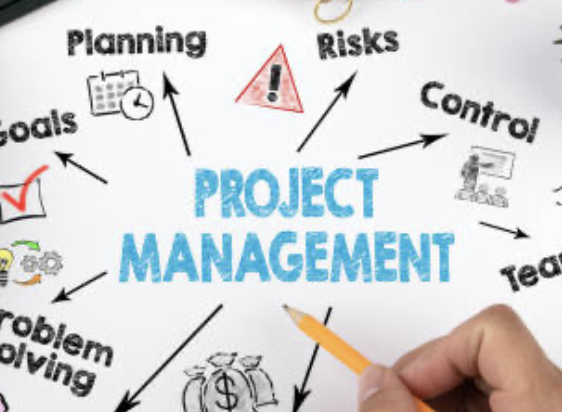
CHEF - Management of Restaurants, Bars and Pizzerias
Descriptions are used to provide detailed information about each menu item, including ingredients, preparation methods, portion sizes, and dietary information. This allows staff to accurately convey dish details to customers and helps them make informed choices. Descriptions help with tracking and managing inventory levels by providing information about each ingredient used in menu items. This includes details such as unit of measure, supplier information, due dates, and cost per unit. When ordering supplies from suppliers, detailed descriptions ensure the correct items are purchased. They also help in comparing prices and quality between different suppliers. Descriptions may include notes about the customer's preferences, allergies, and dietary restrictions. This information helps the team provide personalized service and ensures that customer needs are met. Descriptions are used in reporting and analyzing sales data. For example, detailed menu item descriptions let you track popularity trends, identify best-selling items, and make data-driven decisions to optimize your menu. Descriptions are linked to each menu item in the Point of Sale (POS) system, facilitating seamless order entry and accurate billing. This ensures customers receive the correct items and are billed accurately. Descriptions are used in marketing materials such as menus, websites, and promotional campaigns. Engaging and descriptive menu descriptions can attract customers and stimulate their appetite, leading to increased sales. Detailed descriptions serve as valuable training resources for new employees, helping them become familiar with menu items, ingredients, and standard operating procedures. Restaurants can use Xharbour to develop reservation systems that allow customers to reserve tables in advance. These systems can help restaurants optimize seating capacity and manage customer flow during peak times.

COMMERCE - Store Management
This feature allows users to track stock levels, manage product information, categorize items, set reorder points, and receive alerts for low stock levels. It helps ensure products are always available when customers need them and minimizes the risk of stock-outs or excess stock. A robust POS system is a core component of store management software. Facilitates transactions, processes payments (cash, credit/debit cards, mobile payments), generates receipts and updates inventory in real time. Some advanced POS systems also support features like discounts, promotions, and loyalty programs. Store management software often includes reporting tools that provide insights into sales performance, such as total revenue, best-selling products, sales trends over time, and employee productivity. Analyzing this data helps retailers make informed decisions about pricing, promotions, and inventory management strategies. CRM functionality allows companies to build and maintain customer relationships by capturing contact information, purchase history and preferences. It supports targeted marketing campaigns, personalized promotions, and customer loyalty initiatives to enhance the overall shopping experience and drive new business. Store management software can offer features for scheduling shifts, tracking employee attendance, and managing payroll.

Project Management
Project Manager will be responsible for planning, executing and closing projects within specified deadlines and budgetary constraints.
This role involves coordinating with cross-functional teams, managing resources, and ensuring that projects meet quality standards and
stakeholder expectations.
Key responsibilities:
Project Planning and Initiation:
- Define project scope, objectives, and deliverables in collaboration with stakeholders.
- Develop comprehensive project plans, including schedules, budgets, and resource allocation.
- Conduct project kickoff meetings to communicate goals, roles, and responsibilities to team members.
Project Execution and Monitoring:
- Lead project teams in executing project tasks according to the established plan.
- Monitor project progress, identifying and addressing any issues or deviations from the plan.
- Ensure project milestones are met on time and within budget.
- Coordinate with stakeholders to manage changes to project scope or requirements.
Resource management:
- Effectively allocate resources, including personnel, equipment, and materials.
- Coordinate with resource managers to ensure availability and utilization of resources as per project requirements.
- Identify and resolve conflicts or resource constraints to maintain project momentum.
Risk management:
- Identify potential risks to project success and develop risk mitigation strategies.
- Monitor and manage project risks throughout the project lifecycle, implementing contingency plans as necessary.
- Communicate risks and mitigation plans to stakeholders to ensure transparency and alignment.
Quality warranty:
- Establish quality standards and metrics for project deliverables.
- Conduct regular quality reviews to ensure compliance with customer standards and requirements.
- Implement corrective actions to resolve quality issues and improve project results.
Communication and Stakeholder Management:
- Maintain open communication channels with project team members, stakeholders, and customers.
- Provide regular updates on project progress, milestones, and issues.
- Address stakeholder concerns and ensure alignment with project goals and objectives.
Project closure:
- Coordinate project closure activities, including final deliverables, documentation and delivery processes.
- Conduct post-project reviews to evaluate project performance, identify lessons learned, and recommend improvements
for future projects.
- Celebrate project successes and recognize team contributions.
